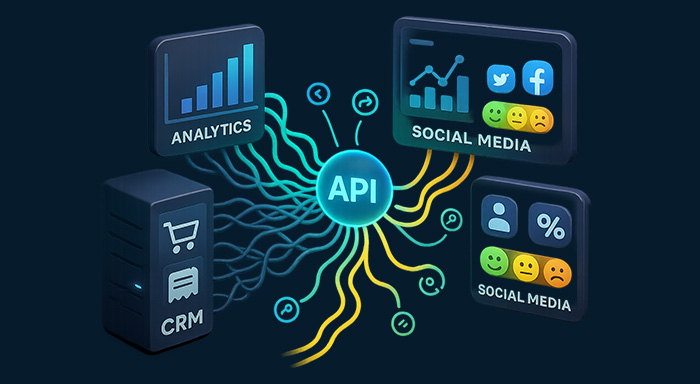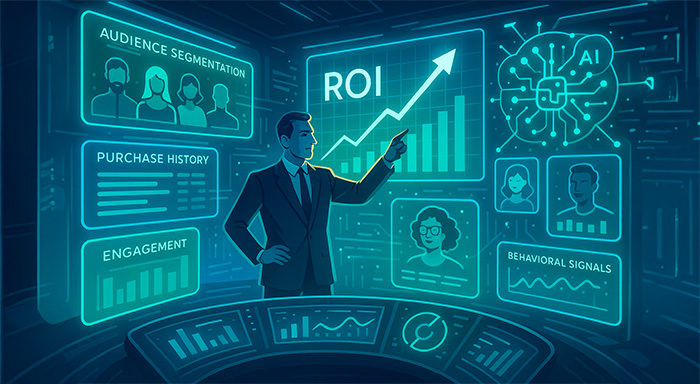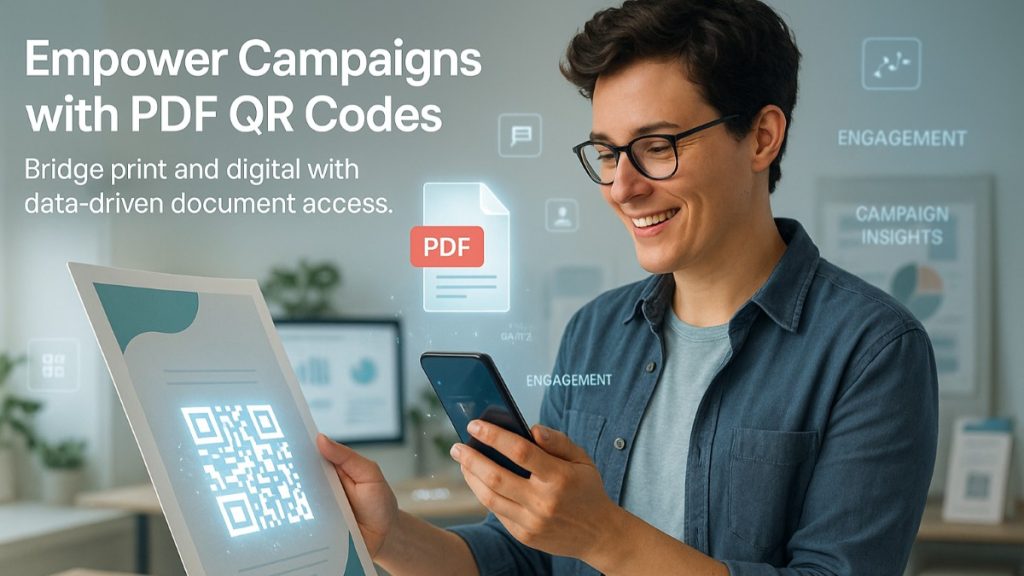Marketing teams waste $37 billion annually on ads that fail to hit the mark. It hurts to see budgets disappear and conversion rates plateau. But not for smart audience builders.
Marketing teams waste $37 billion annually on ads that fail to hit the mark. It hurts to see budgets disappear and conversion rates plateau.
But not for smart audience builders. They are reserve engineering this whole script. They leverage AI to identify buyers who are truly prepared to buy, not just window shopping out of boredom.
Why Precision Targeting Actually Saves Money
Remember when everyone would just blast ads far and wide hoping something would stick? Yeah, that doesn't work anymore. Companies using proper audience segmentation slash their costs by 63% while watching conversions double.
Let me break down the math. Spray your message at 10,000 random people, maybe 50 buy. Target 1,000 qualified prospects instead? You're looking at 150 sales. Same spend, triple the revenue.
Banks figured this out first (of course they did). They spot mortgage shoppers months before those folks even realize they're shopping. Insurance companies jumped on board, catching people right when life changes trigger new policy needs. And retailers? They're predicting what you'll want next season before you've finished buying this season's stuff.
How Modern Audience Builders Actually Work
Today's platforms chew through insane amounts of data using machine learning, often powered by Non-Linear Machine Learning Optimization. We're talking website clicks, purchase histories, what content people actually read versus what they skip.
It's not just basic demographics anymore. Neural networks catch weird connections humans would miss. Someone researching home improvement loans while browsing Caribbean cruises? The algorithm knows that's not confusion, it's disposable income signaling.
Everything updates in real-time too. Segments instantly adapt when user behaviour changes. People are most likely to buy when you catch them in the act. Meta audience builder at GoAudience.com nails this approach, pulling together multiple data streams to build segments that evolve as customers do.
Reading the Digital Tea Leaves
People leave breadcrumbs everywhere when they're about to buy something. Abandoned carts tell you their price limits. How long someone stares at a product page reveals genuine interest versus window shopping.
Monitor increasing visit patterns. Shoppers tend to increase site visits by 340% just before making a purchase. Clever marketers take advantage of this moment with targeted solutions, not blanket "Hey, buy our stuff" messages.
Device hopping speaks volumes. Desktop research followed by mobile check typically indicates comparison shopping. Mobile-only visitors tend to shop on impulse. Tablet shoppers spend more, especially after dinner (weird but true).
Making Everything Talk to Each Other

Getting all your systems to play nice is where things get messy. Your CRM knows purchase history. Analytics tracks engagement. Social tools monitor sentiment. But making them share information? That's the challenge.
Most companies totally underestimate how hard data integration gets. Matching customer records across platforms, fixing identity conflicts, getting timestamps to line up: technical debt piles up fast without proper planning.
API-first platforms simplify life. They include pre-configured connectors for well-known marketing tools, no need to code. Webhooks synchronize data in real-time, so your audiences match what's currently going on, not last week.
Testing Your Way to Better Results
Your first audience definition won't be perfect. Nobody is. But systematic testing gets you there eventually.
A/B tests surface surprising truths. Fashion brands discovered Gen X cares more about sustainability than millennials (plot twist!). B2B software learned that ROI calculators beat feature lists for closing enterprise deals.
Multivariate testing speeds up learning. Test multiple things simultaneously to spot combinations that work magic together. Morning commuters want different messages than night owls, even from the same segment.
Measuring What Actually Works
Attribution modeling is dull but it's where cash is made. Multi-touch attribution dishes out credit over the whole customer journey, revealing what actually generates sales.
Machine learning attribution evolves as customers alter behavior. Google research demonstrates how this method increases conversions by 15% compared with last-click attribution.
Holdout groups demonstrate the actual effect. Keep some users unexposed to campaigns, measure the difference. Pharma companies swear by this for measuring brand campaigns that seem fluffy but actually drive prescriptions.
Staying on the Right Side of Privacy Laws
GDPR and CCPA aren't suggestions, they're requirements. You need explicit permission for behavioral tracking, period.
Zero-party data dodges these issues completely. People voluntarily tell you their preferences through quizzes and surveys. More accurate than guessing, totally compliant.
Differential privacy adds statistical noise to protect individuals while preserving insights. Apple's approach shows how to balance personalization with privacy protection.
What's Coming Next
Federated learning teaches AI on user devices, never taking raw data. Improvements to models are shared, keeping personal data local.
Edge computing does work where data resides. Rather than sending everything to servers, analysis occurs on-device. Quicker personalization, improved privacy.
Blockchain might eventually let users sell their data directly through smart contracts. Still early days, but the potential's interesting.
Squeezing More from Your Budget
Quality beats quantity every single time. A thousand interested prospects cost less and convert better than ten thousand maybe. Lookalike modeling stretches successful audiences affordably. Identify additional audience members similar to your best customers, grow reach without losing relevance. Just keep in mind: poor seed audiences yield poor lookalikes.
Suppression lists eliminate wasteful advertising. Exclude current customers, employees, competitors automatically. One SaaS business reduced ad spend 23% simply by excluding current subscribers from acquisition campaigns.
Bottom line? Strategic audience building turns marketing into money pit to profit center. Firms who are doing it correctly realize 247% ROI gains on average. The tools are available, execution differentiates winners from all others whining about increasing CACs.
Conclusion:
Strategic audience creation isn't merely more intelligent marketing—it's profit-focused marketing. By tapping into AI, targeted specialization, and data unification, brands eliminate waste, increase conversions, and maximize ROI. The future is for marketers who go past guesswork and tap into changing tools to connect with buyers at the right time.
Respond to this article with emojis






